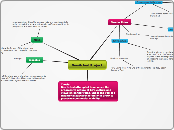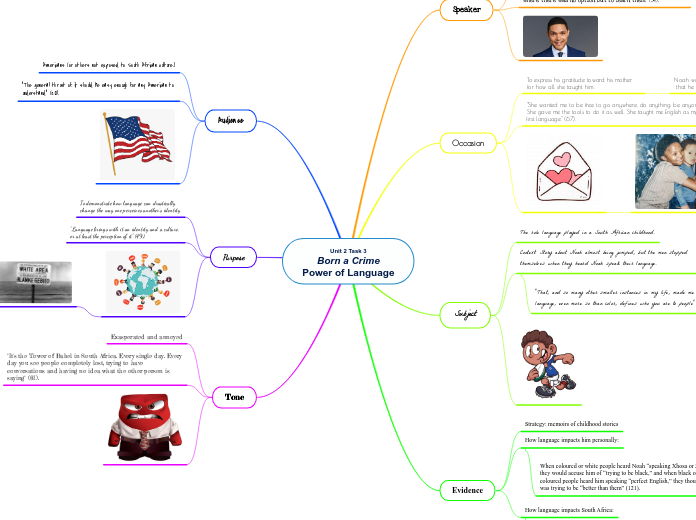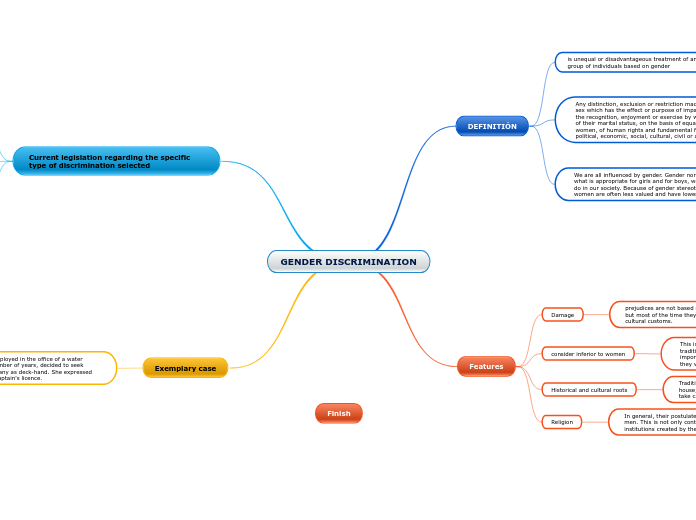Bewitched Project
Spangler
The purpose of the show was to show how women cannot be "confined in any role" (Spangler, 80) as seen in Samantha's constant acts of witchcraft against Darrin's wishes
Mills
Subtopic
Chapter Two discusses how the format of the sitcom has remained constant, but the content has changed to represent social change (Mills, 44)
commercialism: Since the primary nature of the sitcom is to sell a product, the show must remain inoffensive and thus its progressive attitudes must be curbed.
Gender Roles
Discrimated
Samantha was discriminated against because of her different heritage.
The traditional patriarchal family was preserved so as to not scare off viewers about the rapidity of the changing gender roles during the time period (Spigel, 123)
Traditional Family
The episode "One Big Happy Family" demonstrates the traditional partriarchal family because Samantha is scared of her father and his reaction to her marrying a mortal
Changes seen in the show
Samantha gets involved and helps out with Darrin's Job
The husband dominated in previous sitcoms but not in Bewitched
1960's culture
Since the sitcom in the sixties did not portray to “the other Americans” or to the “non-war in Vietnam” the genre did not respond to the philosophical relativism of the sixties by de-emphasizing the heavy-handed teaching of absolute values (p.106).
Feminist movement
May, Elaine Tyler "The End of Containment: The Baby Boom Comes of Age"
Thesis:
Bewitched attempted to advance the progressive nature of 60's culture and views on gender roles, under the veil of a traditional patriarchal family in order to preserve commercial viability.









